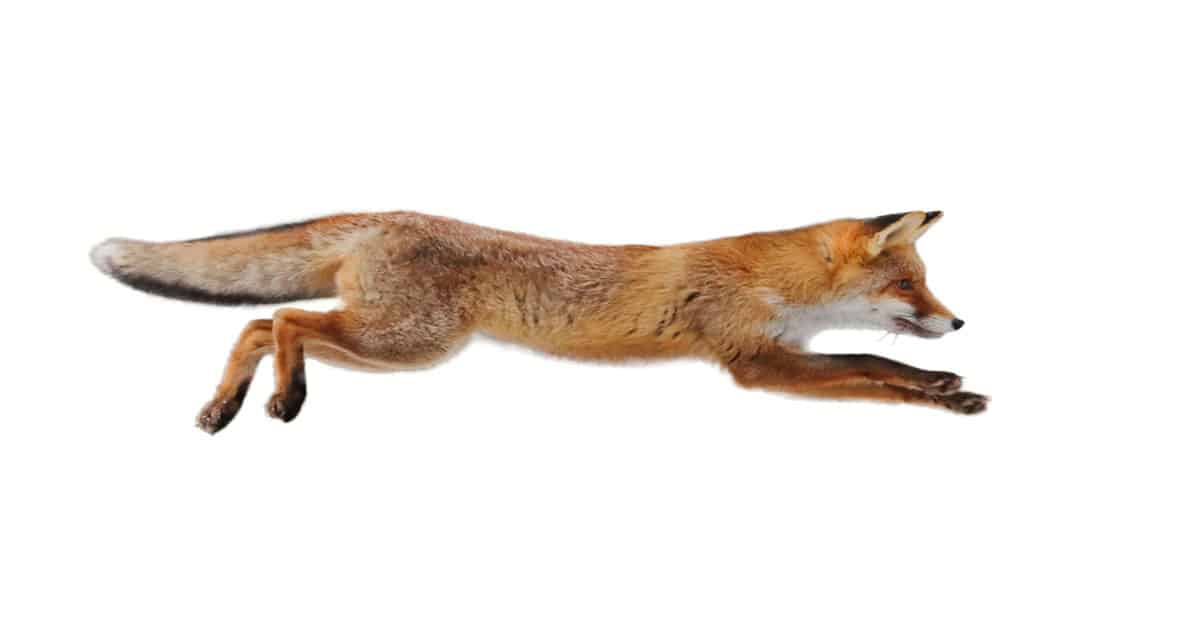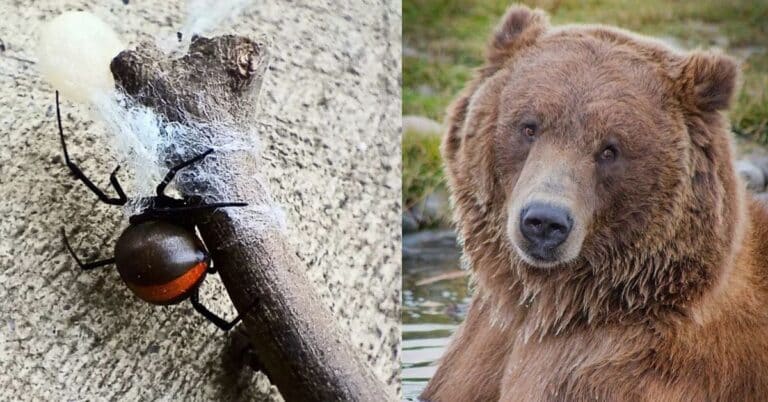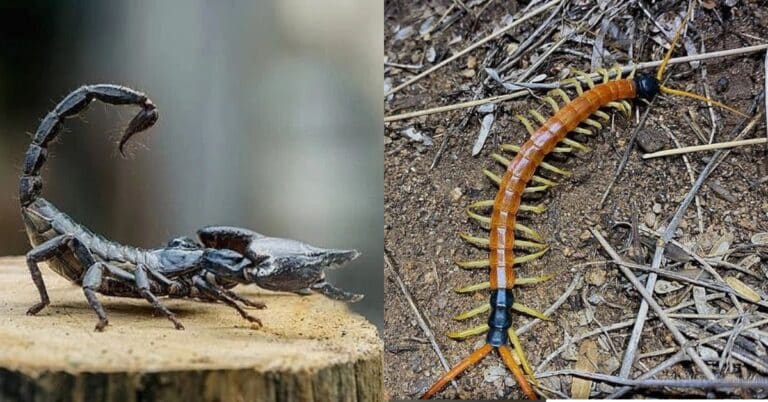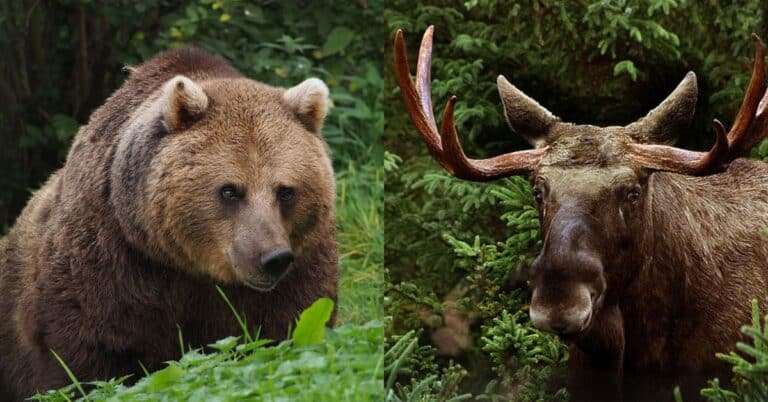Fox Life Cycle
In contrast to humans, foxes have very specialized life cycles that all foxes essentially follow. Unlike other creatures, the fox life cycle tracks a set routine throughout the seasons, and they mate at the same periods and according to the same innate patterns.
Foxes are animals with bushy tails and beautiful coat colors. These clever creatures are common around the planet. Foxes are often solitary creatures who hunt on their own rather than in packs, unlike wolves. This is because foxes frequently flourish in urban settings as well as other rural regions.
Want to learn more about the fox life cycle and its general habits? If so, you’re at the right place.
General Information About Foxes
Did you know that foxes and dogs share a common ancestor? There are 6 genera in which to group the 23 existing species of foxes. Foxes are technically members of the Canidae family, despite the rumor held by many that they are more closely related to cats. Foxes with dogs, wolves, and jackals are members of the Canidae family.
Foxes do, however, hunt in a way that cats do. In this case, they’re quite similar in many ways. They will pounce on their prey to catch it, much like cats do. However, don’t let that deceive you.
You might have even seen a picture or a drawing of a fox once, but still, foxes are only medium in size, even though they may appear large from a distance. They have sharp features, slim bodies, and bushy tails and can weigh anywhere from 2 to 24 pounds. Interestingly, foxes have whiskers on their cheeks and legs to aid navigation.
If you loved fairy tales as a kid, you must remember that foxes were always described as long, fluffy-tailed animals. Maybe sometimes it was overrated, but the length of a fox’s tail accounts for one-third of its total body.
Foxes are categorized as omnivores because they are adept hunters. They consume a broad range of foods, including berries, fruits, and live animals like birds and rabbits.
5 Stages of the Fox Life Cycle
The fox’s life cycle can be separated into five main stages:
1. Pregnancy
Foxes get pregnant in the winter, and depending on the species, the gestation period lasts between 40 and 60 days. A pregnant female fox prepares for her birthing hole, where she will give birth to her fox pups.
Because they only go through one ovulatory phase, canids stand apart among mammals. On the other hand, Fennec foxes, crab-eating foxes, and bat-eared foxes have reportedly been seen to occasionally have a second cycle every year in the wild and captivity, according to Canine Life History, an encyclopedia about animals’ cognition and behaviors.
2. Newborn Pups
The mother will give birth to her kits after the gestation period is finished. Fox young go by a variety of names, including kits, puppies, and even cubs. Three to five kits make up the average kit size. The kittens are born blind, hearing-impaired, and dark gray in hue.
3. Fox Cubs
After about 4 weeks, the cubs start to wander outside of their cave. Even so, they won’t go too far because they’d rather stay near the den’s security and their mother. During this period, their instincts will start to take over. They’ll begin to seek and forage, consuming worms and insects as their prey.
4. Juveniles
Around 12 weeks old, the foxes begin doing all of their foragings. Furthermore, this is the age when they are most vulnerable to dying. Foxes are more likely to survive for a year if they live over the age of 12 weeks. At this stage of their growth, they still won’t venture far from their den.
5. Adulthood
The final stage of the fox life cycle is adulthood. A fox is ultimately regarded as an adult at one year of age. At this stage in their development, they might decide to leave their mother’s den and start their own lives. When winter arrives, the fox is prepared to reproduce. As a result, the fox life cycle keeps repeating.
Fox Life Cycle Throughout Different Seasons
The fox’s life cycle importantly depends on seasons. It starts for foxes in the spring. The month of March has the largest number of fox births in the northern hemisphere. However, in the southern hemisphere, spring officially begins in September.
Spring
In the spring, a female fox will give birth in a den. She spends all of her time in the den with the pups, so the male goes out and frequently returns with food. The cubs are dependent on their mother for warmth at this time.
The cubs don’t start leaving the den for nearly a month until they become strong enough. The female starts spending more time outside around this period as well. Foxes have a yearly molt at the end of spring so they can have a lighter coat during the summer.
Summer
The fox life cycle continues in summer when the den is abandoned in this period, so the developing cubs experience a significant adjustment. At this stage, the young must start providing the majority of their food independently, allowing them to develop their hunting and foraging skills.
During the summer, the entire family continues to disperse across a wider region, and the cubs develop remarkably quickly; by the conclusion of the summer, they scarcely resemble the little cubs they were at the beginning of the season.
Fall
The cubs are adults by the time fall comes and start to live independently. When family members get together, fights are a frequent occurrence among foxes. Many of the young people, who are now essentially adults, have completely left the neighborhood.
Winter
The new winter coat should be almost full by the beginning of October. Since their fur is at its finest during these months when the entire coat is new, this is when foxes are typically targeted.
For foxes, winter is the time when they breed. Males spread out and leave their local territories at this time in search of acceptable females to mate with. A male fox will spend several weeks with a partner after finding one. However strange this behavior might seem, they will hunt and dine together during this time.
Once they locate a den, perhaps toward the end of the winter, the female will retreat within and get ready to give birth, and the fox life cycle will start all over again.
How Often Do Foxes Mate?
Only one season of the year is when foxes mate. Since certain fox species are thought to be monogamous, they can only bear offspring once a year. Other fox species are notoriously promiscuous, and males may frequently try to mate with many females in a single season.
How Long is the Fox Mating Season?
Mating is a significant period of the fox life cycle. The fox mating period doesn’t last too long. Females only get one period, which lasts for roughly three days. However, the ladies do not all experienced heat simultaneously. As a result, a male has several chances to mate throughout the whole season, which lasts from December to March.
Fox Lifespan
While living in the wild, foxes live an average of 3 to 4 years. However, foxes have been known to live longer life spans substantially when kept in captivity. They can live 10 to 14 years on average when they have spent their lives in captivity. That’s another mystery of the fox life cycle!
Compared to other canid species, foxes’ lifespan is kind of the same. Unlike them, other canid species’ lifespans in the wild can be anywhere from 3 to 15 years, and with the same principle – most species can live considerably longer in captivity. For example, wolves in the wild can live for five to fifteen years.
Common Factors That Affect A Fox’s Lifespan
While discussing the fox life cycle, it’s important to note that they are not at the top of the food chain since they are the smallest members of the Canidae family. Numerous things can interfere with the fox’s life cycle, such as hunters and natural predators.
So what specifically reduces the longevity of the fox? Let’s look at the main elements that affect the fox life cycle:
- Due to their tiny size, foxes are frequently preyed upon by much larger creatures. Mountain lions, wolves, and even owls must all be avoided by foxes! As foxes are frequently targeted for their fur and their natural habitats are destroyed, humans are also significant predators.
- Many foxes are prone to parasitic illnesses, including one known as mange. Mange mites can result in hair loss and irritation. They have no way to stay warm during the chilly winter months without fur.
- Foxes have started to live in many urban areas due to humans encroaching on so much natural territory. They become more vulnerable as a result of avoidable fatalities like getting struck by an automobile.
Bottom Line – Fox Life Cycle
All in all, although there are several different fox species, they share many similarities. Considering this, it’s not surprising that the fox life cycle is more or less the same among all the fox species. Still, several species of fox have unique mating practices. In addition, it’s important to keep the seasonal life cycle pattern in mind as it’s how these creatures spread and survive.

Nato is a content writer and researcher with a background in psychology who’s eager to explore the wonders of nature. As a travel enthusiast and animal lover, she hopes to inspire others to discover and cherish the beauty and importance of the natural world.







